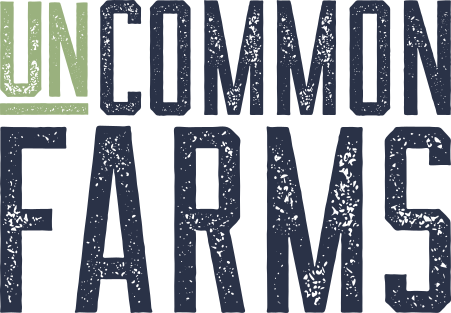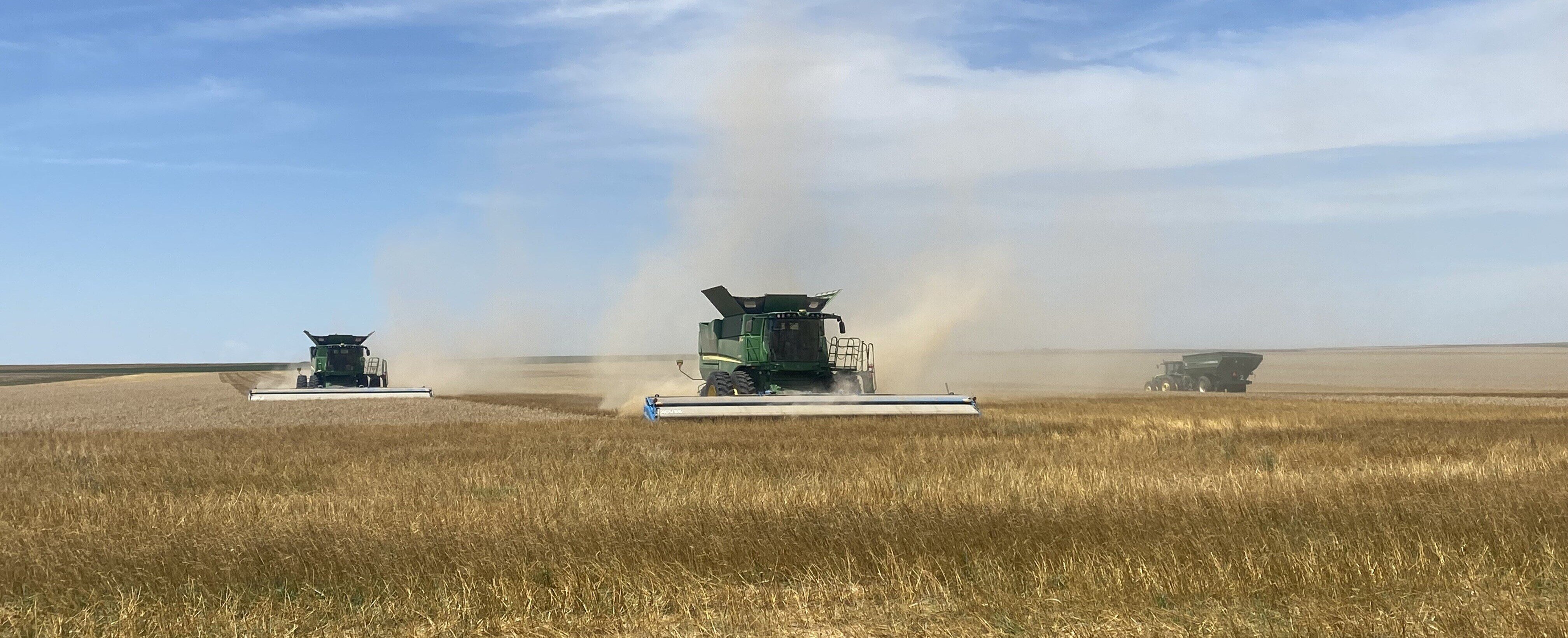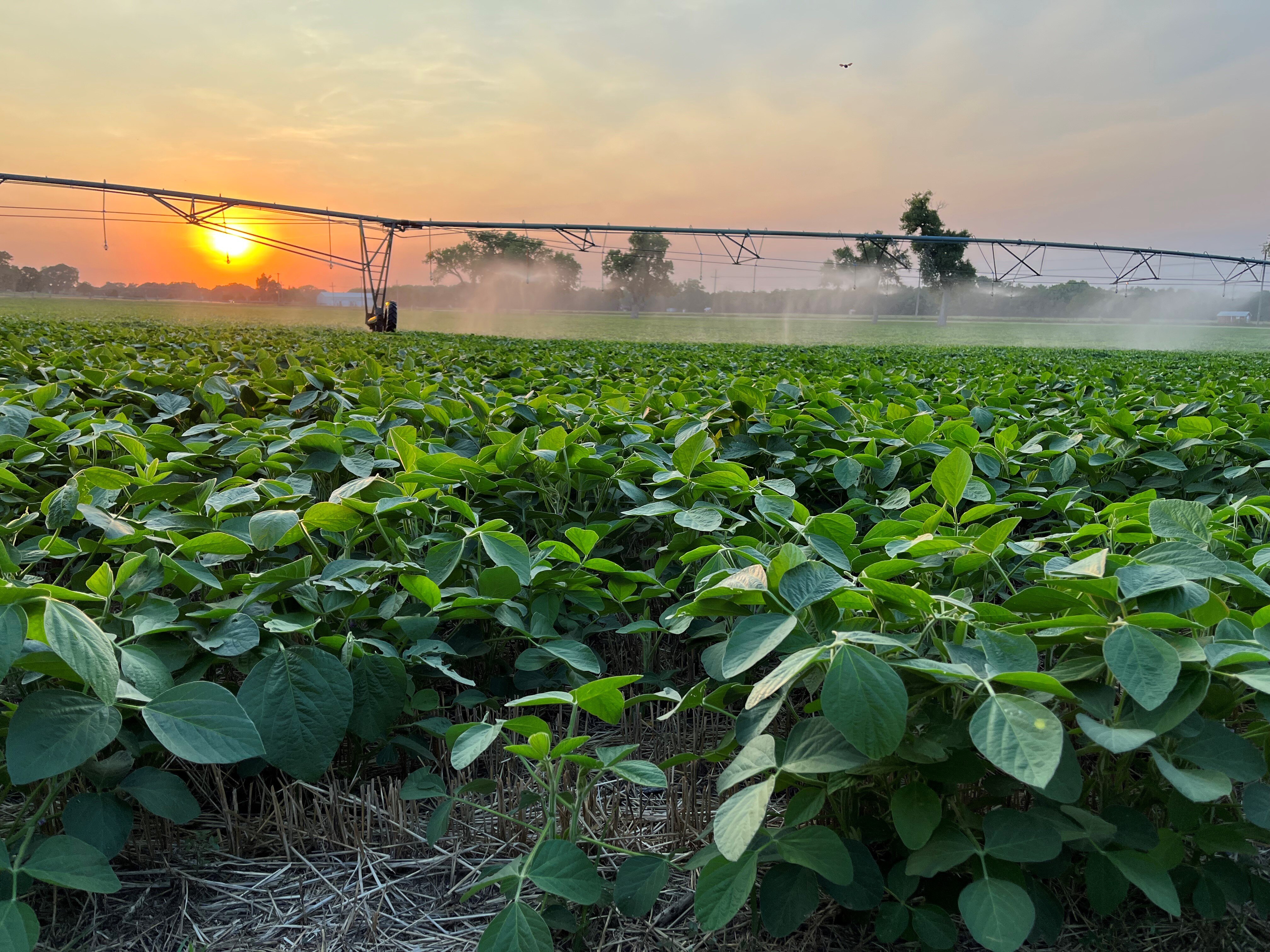More, More! Better, Better! Faster, Faster!
Tremendous productivity and efficiency strides have been realized in the production of food and fiber. This has not made farming more profitable, nor has it made it less challenging for producers. The perception that all those gains benefit others more than the farmer is accurate but should not be the focus. Rather we chose to focus on three points.
Doing Our Part Well
First, we focus on doing our part well. Every industry has a power structure within its supply chain. Certain players, whether suppliers or customers, have the ability to exert more influence than others within the supply chain for whatever reason. From the farmer’s perspective, our suppliers are huge and consolidated. And our customers might be considered a monolith given the commodity nature of what we produce. If you are not willing to concede that point to us, at least concede that our customers often carry the name of an entire country or even a continent. Regarding the internal rivalry among agricultural producers, there are hundreds of thousands across the globe at various levels of government subsidy all competing fora piece of the pie.
So, we recognize that much of what we do benefits others – and that is a blessing to us. We strive to do our part well. We hold each other accountable and attempt to be as profitable as possible subject to the constraints of what is right, fair, responsible, and best for our future. Short-term gains do not make sense for us because our time horizon is multi-generational in scope.
Embracing Change
Second, we embrace change. Given that the pace of change is swift, we move proactively. We continuously learn, we adopt new technology, we retool our operations, we relentlessly train our team members, we strive to stay current, we reinvest our profits close to home. Change is disruptive. We seek to manage change to limit its negative impacts and amplify its positive potential. We operate cleaner and more sustainable fields and facilities than ever before with less time and effort. This frees up time for continuous improvement.
All this learning upon learning makes it feel like a school. Imagine a school of serious-minded, motivated peers invigorated by the exchange of ideas. School is fun!
Leveraging Each Other
Third, we do not attempt to go it alone. Capitalism, innovation, change, and competition are powerful agents. They have downside potentials of selfish exploitation, gap exaggeration, and ratcheting. Community is the answer. Just consider the ratcheting phenomenon. Efficiency gains of yesterday become the competitive table-stakes of today. The rat race cannot be won by mindless rats. Rather mindfulness motivates collaboration. Our farms and our office staff work as extensions of each other. Our secret sauce is the way we work together.
Every community must do the boundary work of who can be a member and who is not yet ready for membership. Decent, hard-working, contributing people willing to show up, pay their share, and exercise to create solutions make for welcome members.
At UnCommon Farms, we understand production agriculture at this level of business and psychology. There is an intellectual side and an emotional side. There are hard issues and soft issues. It is real life. We are a community committed to succeeding financially, emotionally, and socially. We can contribute to the good of all people, run a responsible business well without cutting corners, and enjoy life. We do this by working together to challenge and support each other – sharing information and leveraging our individual skill sets so that no one has to be consumed by the pressures of More, More! Better, Better! Faster, Faster!


.png)
